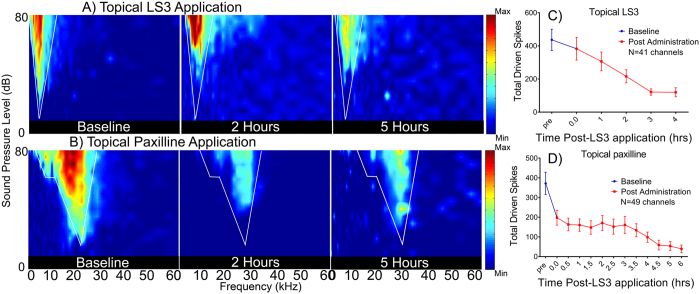Figure 5. Topical application of LS3 suppresses sound evoked activity from the mouse auditory midbrain.
Representative examples of two eFRAs from a young adult mouse are shown in the left most panel of (A and B) and were typically V-shaped with varying amounts of spontaneous activity. Total spike counts within the eRF, as denoted by the white lines, were measured before and after topical application of 1 μL of a 10 μM stock of LS3 (A) or paxilline (B) to the surface of the IC. Following topical application (panel A) a drop in sound evoked activity from 550 spikes, to 277 spikes at 2 hrs and stabilized at 300 spikes at 4 hrs. A similar effect was noted for paxilline where sound evoked driven activity decreased from 886 spikes to 392 spikes at 2 hrs. and 126 spikes at 5 hrs. (B). Mean data is shown in panel C from 47 recording sites and shows that after 3 hours driven mean sound evoked activity fell from 430 to 130 spikes, a ~70% reduction (N = 5 mice). Similarly, application of the pore blocker, paxilline (1 μL of 10 μM stock), to the surface of the IC (N = 5 mice) resulted in an 87% reduction in sound driven activity 5 hours post-application (D).

